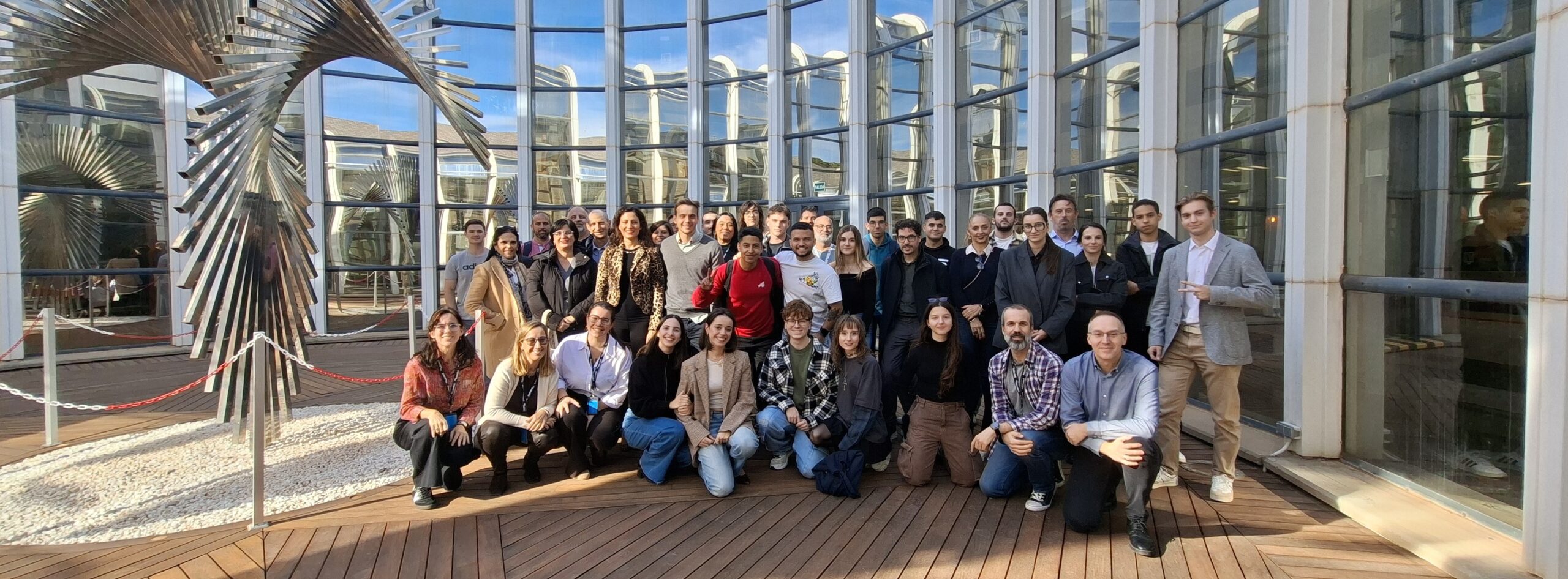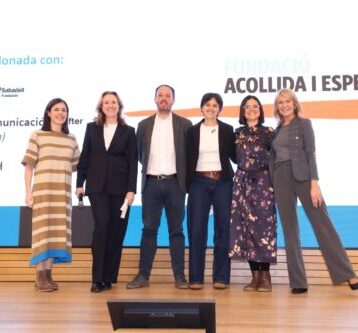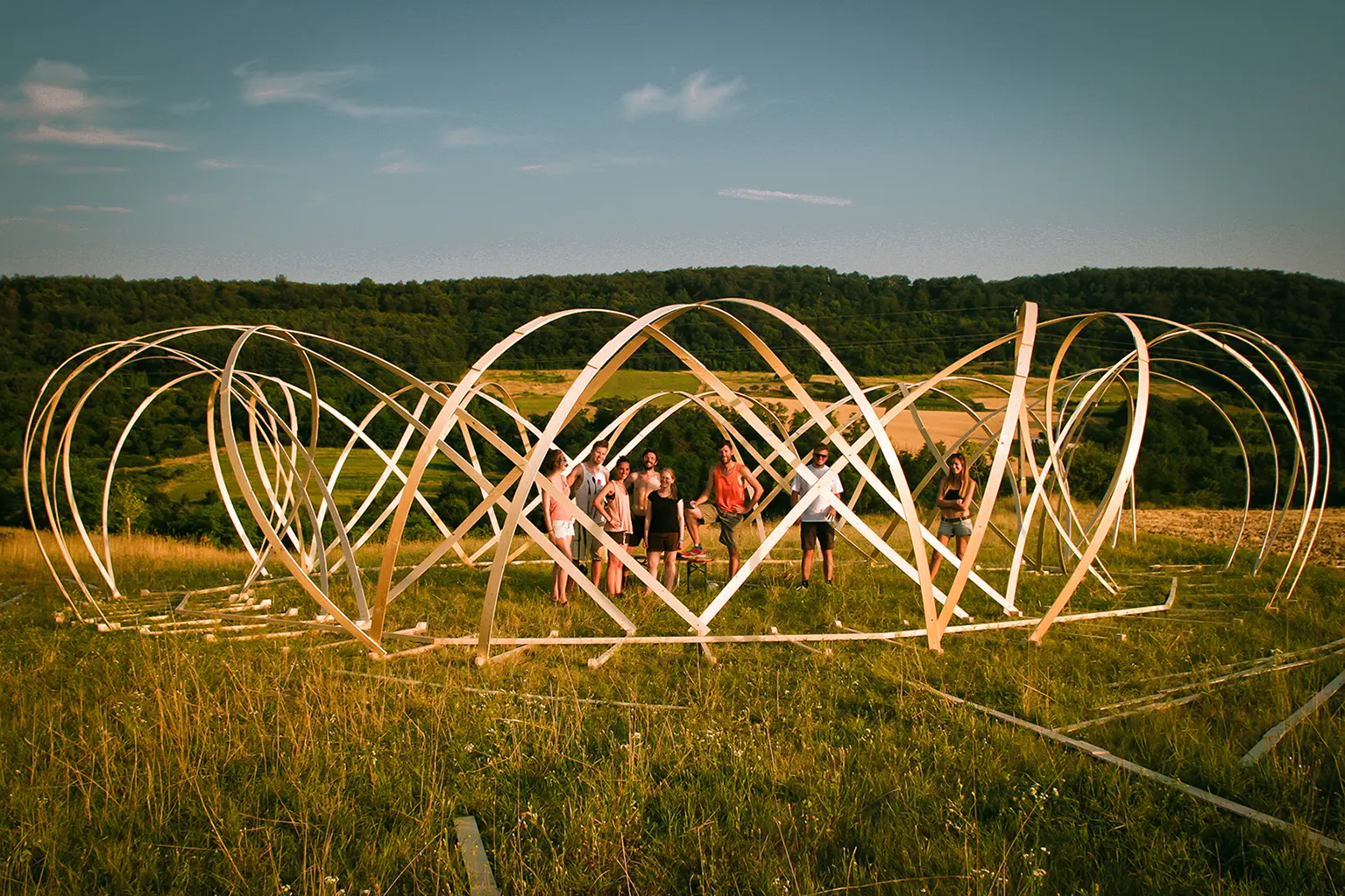The Colegio de Arquitectos de Catalunya (COAC-College of Architects of Catalonia) has opened the second edition of the Banco Sabadell Award for Innovation, with the objective of recognising the hard work of professionals aged under 45, who use their talent to achieve excellence. This award forms part of the Muestra Internacional de Arquitectura Catalana [Exhibition of International Catalan Architecture] which promotes and shares the works created by architects who work outside of the State.
‘Proyectos’ (Projects) is the basis of this prize, gathering works which aim to provide fresh and innovative solutions that are accompanied with the results of their research, with public recognitions, testing or empirical evidence. The environment shall be one in which research into new solutions, proposals, systems or processes takes on a more relevant role, as is the case of competitions, technology, cooperation and research through, for example, doctoral theses, articles…
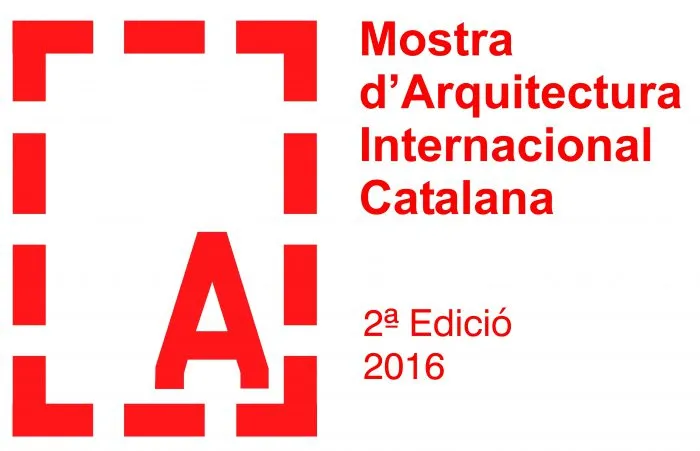
More information on the terms of the award: award
Award winning projects from the previous edition
‘BIGO’, was one of the winning projects due to its extremely innovative nature and commitment, its design and technological efficiency. Designed by CODA, the Lita team of lightweight structures, from the CODA research group. Their work is based on the creation and optimisation of lightweight structures, with the objective of reducing the ecological footprint in design through the use of efficient technology. They showed the simplicity in constructing an ultra-lightweight structure with double curvature, using simple and inexpensive items.
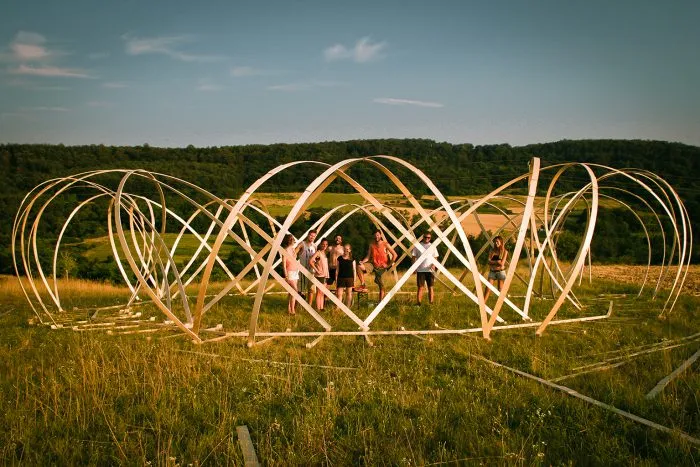
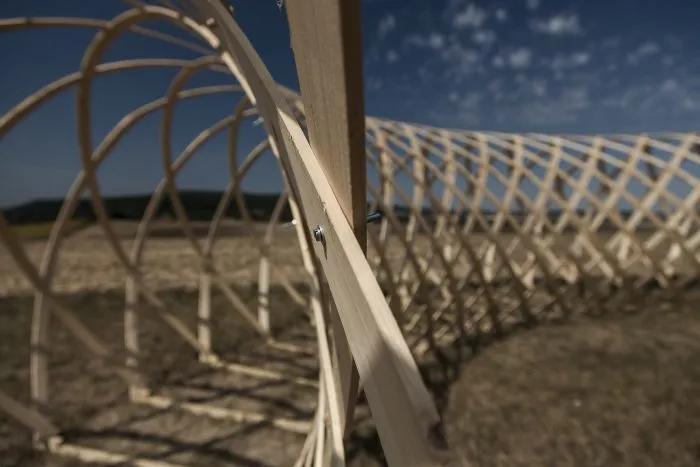
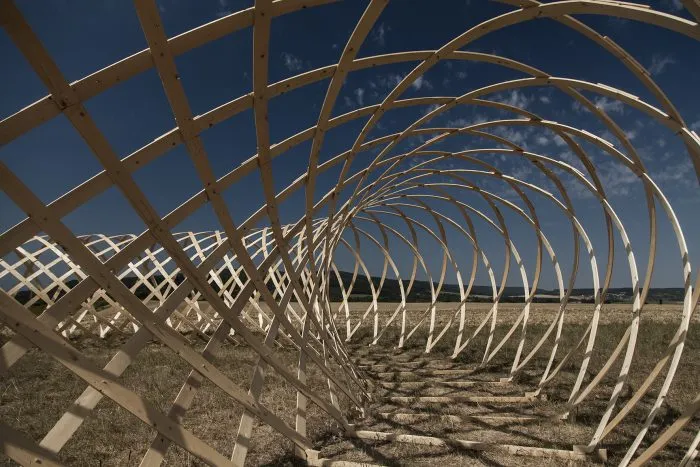
‘Kamba Zaka’, was another award winning project in the 1st edition of the Banco Sabadell Foundation Innovation Award. This project was organised by LAAFI in summer 2011, which took place during the holiday period in the city of Koudougou for children aged between 6-12 years, who were taught simple but constructive land techniques to get them started on the architectural project process. This idea brings together creativity and spontaneity of children, working independently and an architectural project, as well as valuing traditional construction and indigenous materials which are overlooked in favour of imported solutions.
